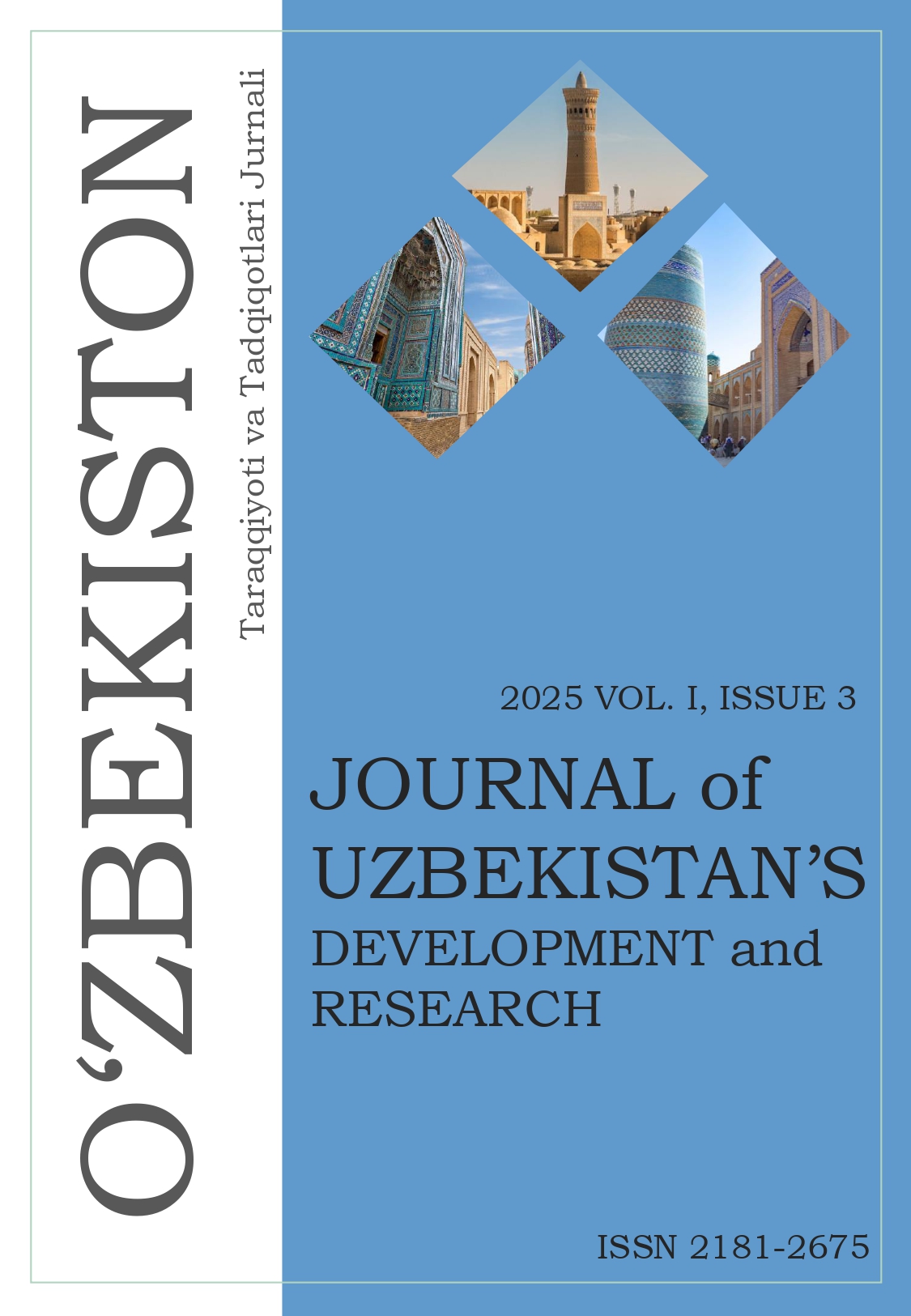MACROECONOMIC DETERMINANTS OF CHILD MORTALITY: AN INVESTIGATION USING A CROSS-SECTIONAL ANALYSIS OF 102 COUNTRIES
Keywords:
Child mortality, GDP, well-being, Pérez-Moreno, Blanco-Arana, Bárcena-Martín.Abstract
Child mortality remains a critical global challenge, particularly in developing regions such as Africa and South Asia. Despite significant global progress, with child mortality rates dropping from 61% to 37% since 1990, approximately 5 million children under the age of five died in 2020 alone. This research investigates the key determinants of under-five child mortality using cross-sectional data from 102 countries across all income levels for the year 2019. Drawing on existing literature, the study examines the impact of health expenditure, food inflation, gender parity in literacy, aggregate income, and carbon emissions on child mortality. A multiple linear regression model was employed, and assumptions of the classical linear regression were tested and satisfied. The results indicate that increased female literacy and public health expenditure are significantly associated with reductions in child mortality, while food inflation is positively associated with higher mortality rates. In contrast, GDP per capita and CO₂ emissions were found to be statistically insignificant in the global context. These findings suggest that governments should prioritize female education and invest more in public health to reduce under-five mortality. Future studies are encouraged to incorporate more variables and broader datasets to further explore regional differences and causal mechanisms.
References
1. Cutler, D.M. et al. (2002). Financial crisis, health outcomes and ageing: Mexico in the 1980s and 1990s. Journal of Public Economics, 84 (2), 279–303. Available from https://doi.org/10.1016/s0047-2727(01)00127-x [Accessed 20 March 2022].
2. Dhrifi, A. (2019). Health-care expenditures, economic growth and infant mortality: Evidence from developed and developing countries. CEPAL Review, 2018 (125), 69–91. Available from https://doi.org/10.18356/02c1a26c-en [Accessed 20 March 2022].
3. Latif, M.M., Ashraf, M.F. and Zeeshan, M. (2019). Factors Determining Poverty and Child Mortality in Pakistan. iRASD Journal of Economics, 1 (1), 32–41. Available from https://doi.org/10.52131/joe.2019.0101.0003 [Accessed 20 March 2022].
4. Lee, H.H. et al. (2015). Effects of food price inflation on infant and child mortality in developing countries. link.springer.com. Available from https://rdcu.be/cJMq7 [Accessed 25 March 2022].
5. Lee, S. et al. (2013). Food Prices and Population Health in Developing Countries: An Investigation of the Effects of the Food Crisis Using a Panel Analysis. Think Asia. Available from https://hdl.handle.net/11540/2069 [Accessed 20 March 2022].
6. Pérez-Moreno, S., Blanco-Arana, M.C. and Bárcena-Martín, E. (2016). Economic cycles and child mortality: A cross-national study of the least developed countries. Economics & Human Biology, 22, 14–23. Available from https://doi.org/10.1016/j.ehb.2016.02.005 [Accessed 20 March 2022].
7. Pradhan, E. et al. (2017). The Effects of Education Quantity and Quality on Child and Adult Mortality: Their Magnitude and Their Value. In: Bundy, D.A.P. Silva, N. Horton, S. et al. (eds.). Child and Adolescent Health and Development. Washington (DC): World Bank Group, 423–439. Available from https://www.ncbi.nlm.nih.gov/books/NBK525273/ [Accessed 20 March 2022].
8. Ray, D. and Linden, M. (2019). Health expenditure, longevity, and child mortality: dynamic panel data approach with global data. link.springer.com. Available from https://rdcu.be/cJKgp.
9. Sarah, B., Jed, F. and Norbert, S. (2011). Aggregate Income Shocks and Infant Mortality in the Developing World. Review of Economics and Statistics, 93 (3), 847–856. Available from http://hdl.handle.net/10986/4916 [Accessed 20 March 2022].
10. Shobande, O.A. (2019). The Effects of Energy Use on Infant Mortality Rates in Africa. Environmental and Sustainability Indicators, 5, 100015. Available from https://doi.org/10.1016/j.indic.2019.100015 [Accessed 20 March 2022].
11. UNICEF. (2021). Child Mortality. UNICEF DATA. Available from https://data.unicef.org/topic/child-survival/under-five-mortality/#:~:text=Child%20mortality%20or%20the%20under [Accessed 20 March 2022].
12. WHO. (2018). Children: reducing mortality. Who.int. Available from https://www.who.int/news-room/fact-sheets/detail/children-reducing-mortality [Accessed 20 March 2022].
13. Zakaria, M., Tariq, S. and Husnain, M.I. ul. (2019). Socio-economic, macroeconomic, demographic, and environmental variables as determinants of child mortality in South Asia. Environmental Science and Pollution Research. Available from https://doi.org/10.1007/s11356-019-06988-w.
Published
Issue
Section
License
Copyright (c) 2025 Ilkhom Ikromov, Umida Yakubjanova (Author)

This work is licensed under a Creative Commons Attribution-NonCommercial-NoDerivatives 4.0 International License.
All Rights Reserved.





